Table of Contents
Calcium Dihydrogen Phosphate Ca(H2PO4)2:
It is also referred to as superphosphate of lime. It is one of the most important compounds of phosphorous. It is widely used as a phosphatic fertilizer.
Manufacture- It is manufactured by digesting rock phosphate (calcium phosphate) with concentrated sulfuric acid.
| Ca3(PO4)2 + 2H2SO4 ————> Ca(H2PO4)2 + 2CaSO4 |
The resulting pasty mixture is kept for a few days and CaSO4 so formed absorbs water present in commercial H2SO4 to give gypsum (CaSO4.2H2O). The entire mass then becomes solid. It is powdered and the mixture consisting of calcium dihydrogen phosphate and gypsum is sold under the name superphosphate of lime.
Calcium phosphate is insoluble in water and is not used as phosphatic fertilizer. On the other hand, calcium dihydrogen phosphate is readily soluble in water and is thus assimilated by the plants for their growth. The superphosphate of lime as a phosphatic fertilizer gives quick and good results.
Detection of Phosphate Radical in a Salt:
The presence of phosphate radical in salt is confirmed by the following tests-
Ammonium Molybdate Test:
Take a small amount of phosphate salt in a test tube. Add to it some concentrated HNO3. Boil the contents of the test tube for some time. Now add ammonium molybdate solution to it. Again heat the solution. A yellow precipitate of ammonium phosphomolybdate is produced. This shows the presence of phosphate radicals.
| 2Na3PO4 + 3(NH4)2MoO4 ————> 2(NH4)3PO4 + 3Na2MoO4 Na2MoO4 + 2HNO3 ————>H2MoO4 + 2NaNO3 H2MoO4 ————> MoO3 + H2O (NH4)3PO4 + 12MoO3 + 6H2O ————> (NH4)3PO4.12MoO36H2O (Yellow precipitate) |
Calcium Chloride Test:
Take a portion of an aqueous solution of the phosphate salt. No make the addition of NH4OH and then calcium chloride solution. A white precipitate of calcium phosphate is formed which is soluble in acid solutions but insoluble in ammoniacal solution. This shows the presence of phosphate radical in the given salt.
| 2Na3PO4 + 3CaCl2 ————> Ca3(PO4)2 (White precipitate) + 6NaCl |
Importance of Nitrogen and Phosphorous in Life:
The elements particularly nitrogen and phosphorous play a very important and vital role in all living organisms. Most of the nitrogen found in living organisms is in the form of proteins. These proteins are essential as food for the body building of animals. As a matter of fact, proteins are essentially involved in all kinds of biological activities. In a similar way, phosphorous is also an essential constituent of all living organisms. Phosphorous occurs in living beings in the form of nucleic acids and bones. The nucleic acids are essentially the large complex organic molecules which play a vital role in the elucidation of heredity factor in living organisms. Phosphorous is present in the bones in the form of calcium phosphate. Some phosphorous is also found in certain proteins such as the casein of milk. Evidently, the compounds of nitrogen and phosphorous are essential for the growth of living organisms.
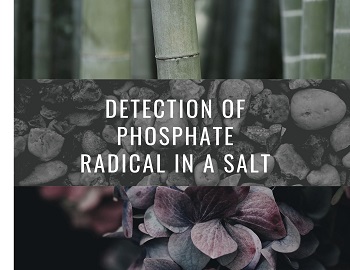
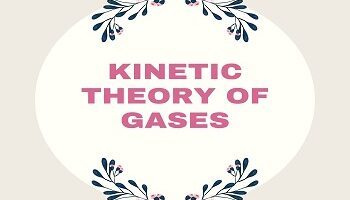

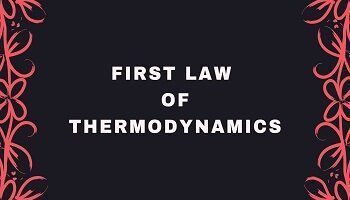
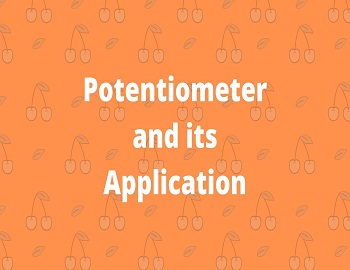


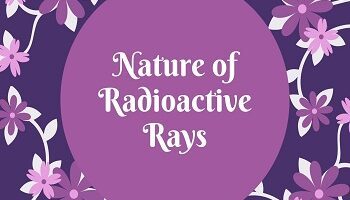
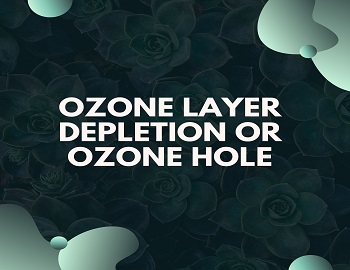
Comments (No)